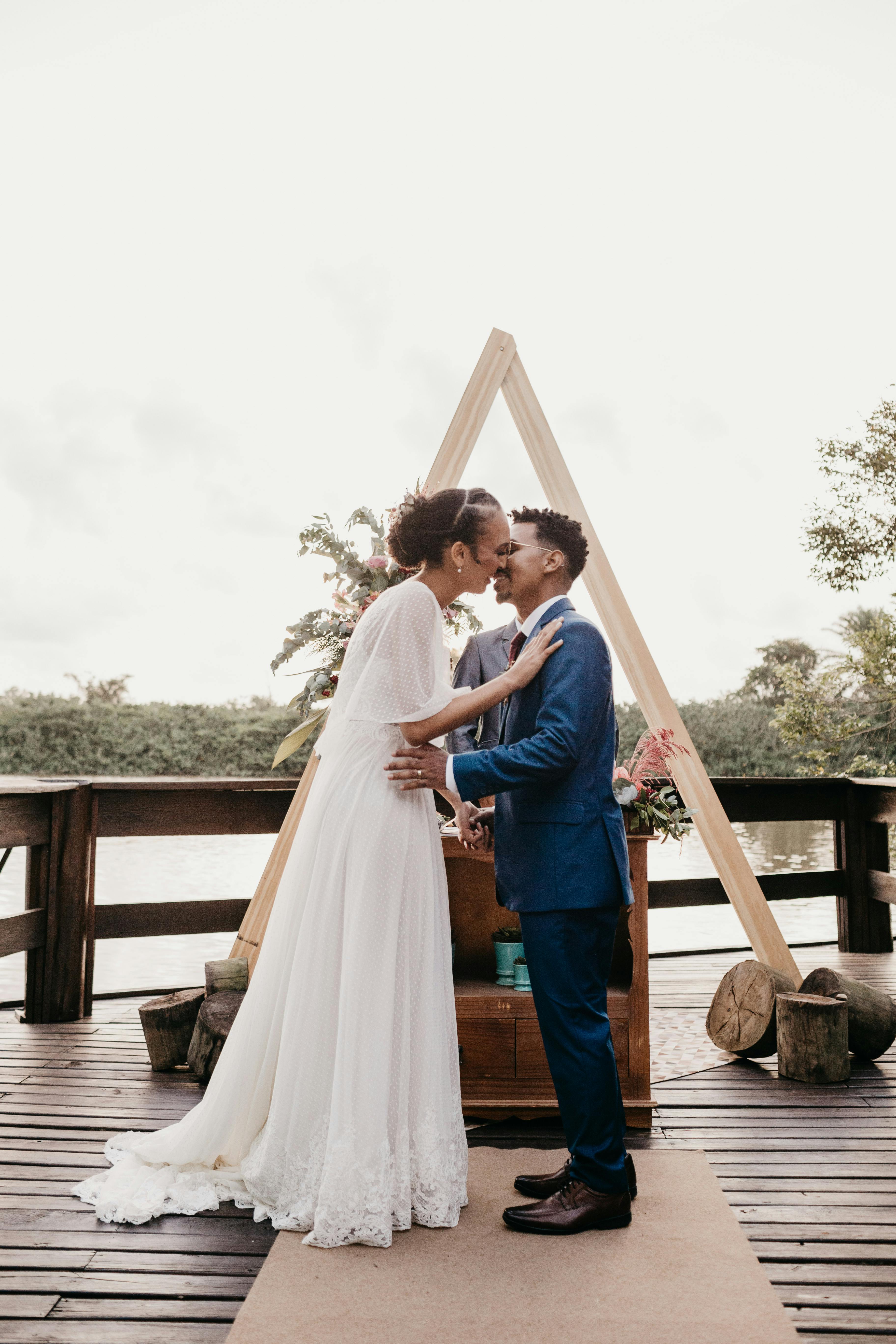Filipinos are renowned for their elaborate activities, especially ceremonies. This is a result of how significant family is in the Philippines. Filipinos therefore take great care when planning their weddings to make sure that all of their loved ones are informed and involved. Filipino marriages are not only very colorful occasions, but they also have a number of customs that reflect the culture and values of the populace. Some of these beliefs date up before the Spaniards set foot on Philippine dirt, while others are influenced by Catholicism and Spanish lifestyle.
The majority of the native clans in the Philippines had their own customary wedding rituals before modernization. These were typically three-day galas that included folk rites like gift wheat grains and drawing blood to represent a couple’s love and loyalty. In reality, some of these customary rites are nevertheless carried out in contemporary Filipino celebrations.

The pagmamano is one of the more well-known standard Philippine bride ceremonies. This is the time when the couple’s community pays a formal visit to the groom to propose marriage. This is being done in the hopes that she will agree to their plan and approve of it. The bridegroom may occasionally yet give his mom a jewellery.
Like various ethnicities, Filipinos enjoy giving donations to honeymooners very much. This is thought to be a way to express gratitude and appreciation for the hospitality and well desires of the new couple. Typically, the pair does receive donations of kitchenware and pots and pans to help them get started in their new life together. Yet, it is crucial to refrain from giving well-defined things because doing so is regarded as impolite.
The funds dance, where customers attach cash to the couple’s clothing by pining or tapering it, is another well-liked custom. This will assist them in establishing a safe financial foundation for their marriage. Additionally, visitors may present cash products in purple packets or tiny bags. These can be exchanged for actual items from the honeymooners.
Eastern celebrations frequently include the unity candle, but in the Filipino version, the few lights two separate candles to represent the union of their families and lives. Another symbolic traditions that symbolizes harmony and peace in the honeymooners’ union is the transfer of birds.
Filipino ceremonies are very family-focused, and many of the guests are the bride and groom’s adjacent family. Because of this, invites are frequently lengthy and in-depth, revealing the “who’s who” of the posse. Children are frequently also included as gold bearers and ringbearers.
Last but not least, Filipinos are likewise incredibly model and good. Their process of filipino, which is the heart of helping others, serves as a reflection of this. At celebrations, bayanihan is practiced by giving gifts and foods to the customers christian filipina scam, especially those who are unable to enroll. The couple also expresses their appreciation for the ninongs ‘ assistance with the preparations.
